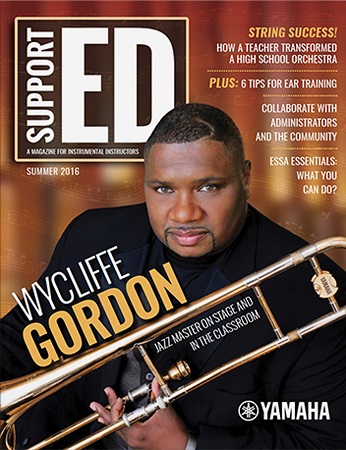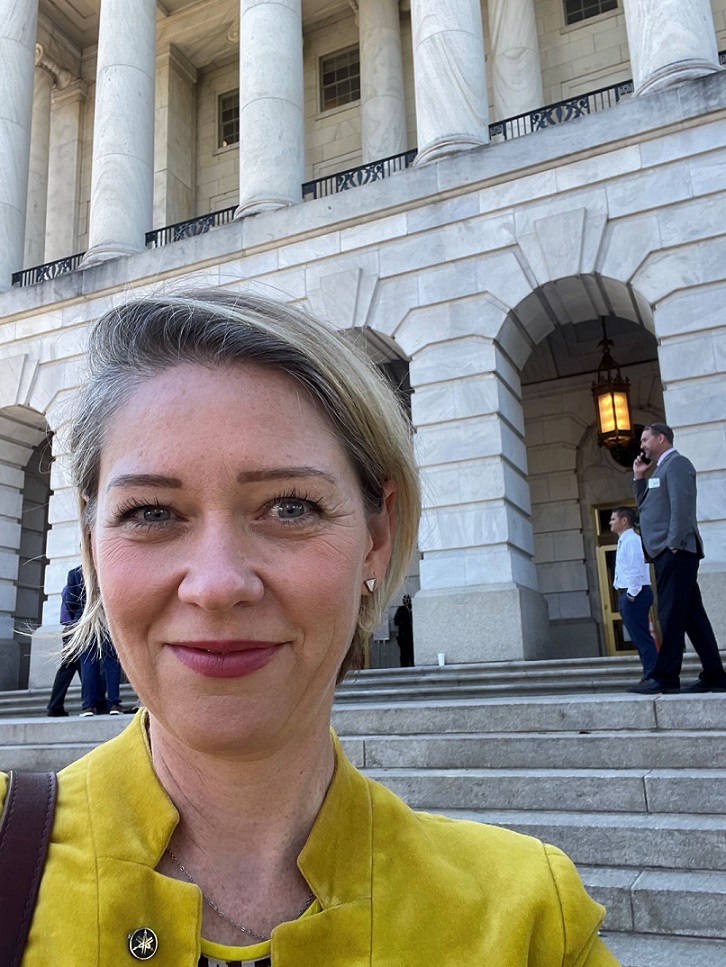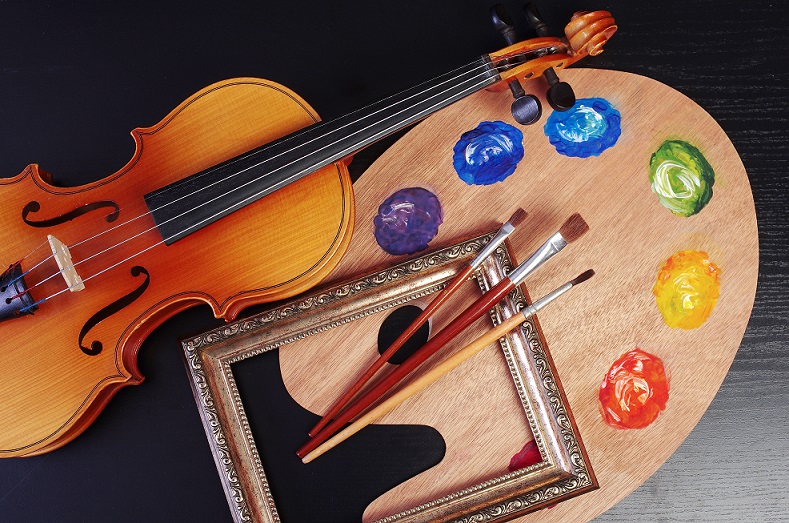Build Bridges: Work with Administration, Parents and Other Teachers
Music educators must forge partnerships to ensure that their music programs prosper.
A school’s music program can be a catalyst for uniting the community with ensembles serving as ambassadors not only around campus but also around town. To achieve this kind of success, support is required on all fronts.
At Fishers High School in Indiana, ensembles perform at events such as African American History Dinners, Race for the Cure and other galas presented within the school and surrounding community in addition to the regular concerts, contests and sporting events. As associate director of bands, I must constantly collaborate with our principal, parents, the athletics director and other performing arts teachers to ensure proper planning and communication to allow our vision to be cast, implemented and achieved.
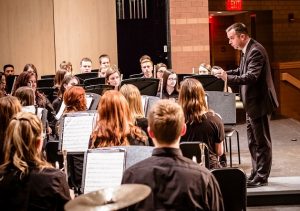 The relationship between the music directors and principal is key. At Fishers, we have more than 900 students in our music program with six band classes, five orchestras and six choirs during the day as well as many extracurricular ensembles. So it is absolutely vital to share the progress and happenings of our program with the principal. A regular stop by the office builds trust and rapport and opens the door for clear communication with administration.
The relationship between the music directors and principal is key. At Fishers, we have more than 900 students in our music program with six band classes, five orchestras and six choirs during the day as well as many extracurricular ensembles. So it is absolutely vital to share the progress and happenings of our program with the principal. A regular stop by the office builds trust and rapport and opens the door for clear communication with administration.
As music teachers, we reach students academically and emotionally. We have the opportunity to travel to competitions and take additional trips, therefore creating more than just a classroom environment. As a result, we have more influence on the students as well as the parents and community. Because of this impact, it is important to let the principal and other administrators know about the music program’s activities, both in and out of the classroom.
For example, last year our school hosted a cancer awareness event that provided a cross-disciplinary opportunity for the students. In addition to a musical performance, students were able to share their writings, drawings and research. When we have a chance to go above and beyond our normal day-to-day activities to help the community, it shines a good light on our program and school. As a result, our administration has been extremely supportive with our needs for new uniforms or instruments.
THE YAMAHA EDUCATOR NEWSLETTER: Join to receive a round-up of our latest articles and programs!
Boosters
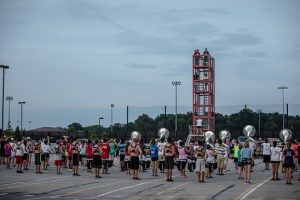 Many schools have a booster organization for the entire performing arts program; others have separate parent groups for band, orchestra and choir. Whatever the case, make sure your program establishes an organization that is student-focused and holds monthly meetings to keep parents connected regarding ensemble happenings.
Many schools have a booster organization for the entire performing arts program; others have separate parent groups for band, orchestra and choir. Whatever the case, make sure your program establishes an organization that is student-focused and holds monthly meetings to keep parents connected regarding ensemble happenings.
Booster organizations play an important role in building a strong relationship with the administration. Booster members should attend board of education meetings to understand the school district’s vision and maintain a presence for the band. Sometimes our students perform at meetings, so the board members can see and hear firsthand the talent and accomplishments of our ensembles. Additionally, the booster organization can send thank you cards to the school board and administration for supporting the music program. With these efforts, the administration will see the unity among the music program’s students, parents and director.
Athletics
Let’s face it: The marching band today wouldn’t exist without our athletic program. It is absolutely vital for the band director and athletic director to form a strong partnership. Schedule quarterly meetings with the athletic director to discuss how the music and athletic programs can support each other.
At the games, it’s apparent how the band, cheerleaders and sports teams are connected. The band’s role is to use music to engage the crowd to rally around our student musicians and athletes.
Because more people will see the marching band in one week than the concert band in an entire year, the marching band’s visibility and positive impression help the music program. Administrators see the cooperation between the band and athletic teams, and they are proud that we have created a united front in educating our students in music, athletics, academics, community and life.
Other Performing Arts Teachers
Teachers in the music department should look for ways to connect on a regular basis. Having a common lunch hour or monthly meeting promotes sharing of information about concert plans, budget concerns, extra accommodations and room requests for upcoming activities.
The performing arts program enriches the lives of students, teachers, parents and the community. When the program is in step with the administration and other school personnel, it will flourish and grow for all those participating in and benefiting from it.
This article originally appeared in the Summer 2016 issue of Yamaha SupportED. To see more back issues, find out about Yamaha resources for music educators, or sign up to be notified when the next issue is available, click here.











